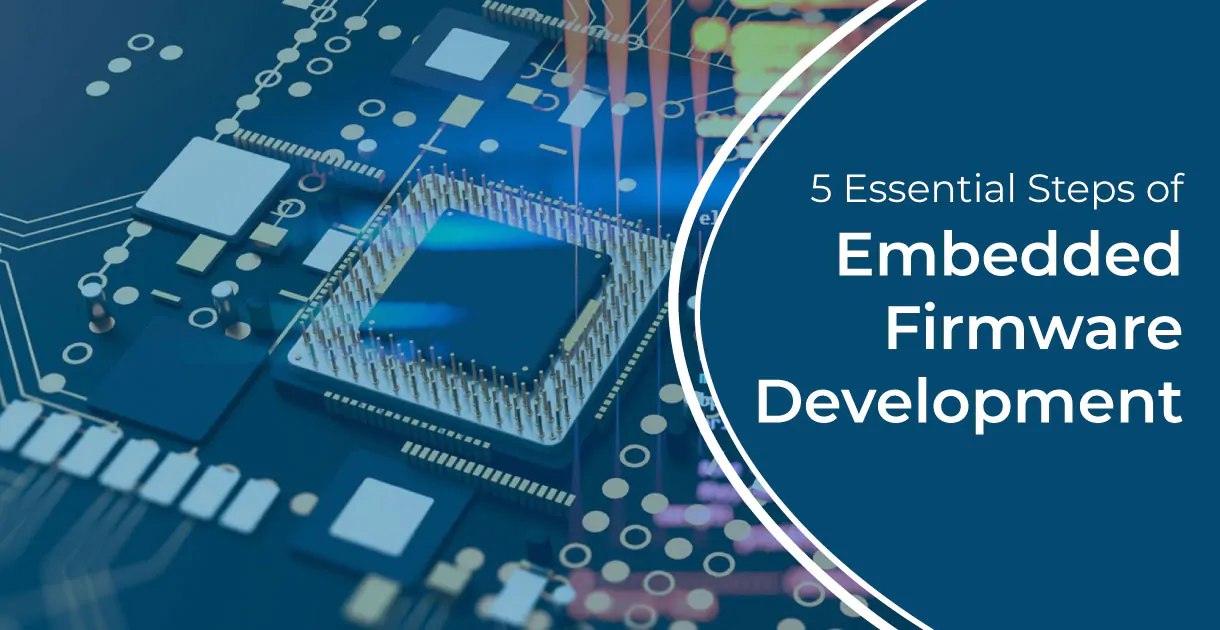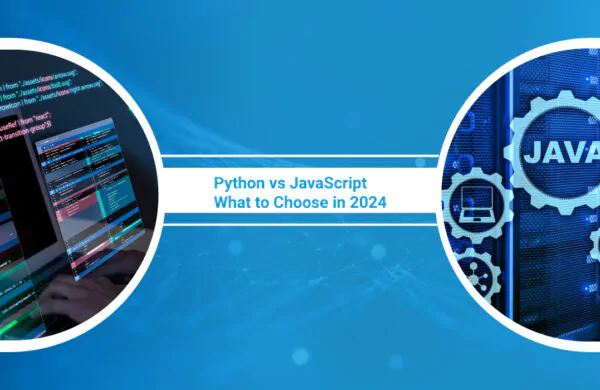The firmware is a flash memory chip that stores specific software that controls the functions of an embedded device.
Embedded Firmware Development is nothing more than programming code on hardware to execute on embedded electronics. Developers who do this thoroughly understand embedded processors and collaborate closely with embedded hardware engineers. They program the embedded designs using the codes. Firmware codes can regulate many physical devices’ functions. FOTA refers to the ability of hardware code to be updated wirelessly (Firmware Over the Air).
Embedded Development Requires Different Skills
To become an expert in Embedded Firmware Development, any developer must have a thorough theoretical and practical understanding of the software and hardware components. If they lack knowledge of one or both, the odds of writing a well-functioning code are reduced.
To give you an idea, in addition to technical skills, the developer should have these three core notions –
-
-
- Have a firm grasp of the overall embedded system.
- A thorough understanding of hardware and software.
- Recognize the system’s structural constraints.
-
When it comes to technical skills are comprised of three components: embedded programming languages, real-time operating systems, and device drivers. To name a few of the most important criteria:
-
-
- Programming in C and C++, MCUs, and microprocessors
- At the System on a Chip (SoC) level, you should be familiar with the Linux operating system, the real-time operating system, and software optimization.
- Debugging and updating skills for existing codes.
- Comprehensive understanding of data structures, Python programming language, and ability to comprehend schematics and datasheets.
- RISC-V instruction set architecture, communication protocol comprehension
- Comprehensive knowledge of the Internet of Things (IoT) and internet-based technologies.
-
5 Essential Steps of Embedded Firmware Development
It is preferable to proceed in steps for individuals unfamiliar with Embedded Firmware Development’s overall operation. You get a segmented strategy and separate the complex operations in this manner. The entire development process of an IoT device is divided into five primary segments. A simple read can clear up any confusion.
1) Determine The Requirements
Identifying the process needs is always the most important stage. You must know what you require and, more importantly, why you require it. Before commencing with the architecture, the developer must make a list of the associated components needed. The identifying mechanism is also linked to the utility aspect.
Every requirement statement has two characteristics: it is unambiguous, and it is testable. The statement must be exact, clear, and concise. Testing is essential since you cannot verify usability without it. It may appear to be a broad stage, but it is the core of every Embedded Firmware Development process.
2) Distinguish The Architecture from The Design
This step will provide more clarity. You have already realized that this is a software and hardware process. But there is always something that separates the two. When a developer becomes confused between the various layers of firmware engineering, the task becomes difficult!
Architecture is a scale model that never incorporates variables or functions. The architecture explains the enduring characteristics. Because it is difficult to edit or update, the developer must first comprehend it and adjust the code to make it appropriate. On the other hand, the firmware design document goes into detail, including the duties of the activities within device drivers. It also reveals information about the subsystem interfaces.
3) Time Management
Most goods have a combination of great, soft, and non-real time needs. Soft real-time requirements are extremely difficult to describe, and the simplest method to manage them is to consider them as hard real-time requirements. This stage includes the demand for punctuality.
It is critical to separate real-time functionality from the rest of the software for two reasons:
-
-
- Simplifying the design and operation of non-real-time software since it eliminates safety concerns even when employing inexperienced coders’ codes.
- The effort required to execute RMA or rate monotonic analysis is lowered by isolating ISRs from high-priority jobs.
-
4) Testing Design
The following step is critical. It entails several evaluation procedures to determine whether the entire system works. Three of the most widely used testing procedures are as follows:
System test: It ensures that the entire product fits the specifications. Generally, this testing does not fall under the purview of engineers, although it does fit into the test harness they developed.
Integration test: It ensures that the architecture’s connected subsystems interact as they should. It verifies that the output is correct. This testing is often best developed by a testing group or software engineer.
Unit test: It involves individual software components to determine if they are performing correctly at the intermediate design level. The ideal people to develop this testing are those who write code under the test.
5) Personalizing Plans
This stage covers managing the customization capabilities. This step is critical for implementing or making changes. Diversity is simple to handle with a well-designed architecture. Its goal is to make the new customizations work without interfering with the original functionality.
Tips For Speeding Up the Embedded Firmware Development Process
-
-
- Looking for new and improved ways to innovate and upgrade. The main aspect is always improvement.
- Developing a skill improvement strategy by studying new Embedded Firmware Development methodologies.
- Begin using a platform and segment the workload carefully.
- Create code that can be reused to manage time. It contributes to a higher ROI.
-
Conclusion
So, it should clear up most of your questions about Embedded Firmware Development. Reading this gives you a general understanding of what it is, how it operates, and other related things. Because of our extensive IoT experience, Getra Innovation offers Embedded IoT development and specializes in Rapid IoT prototypes. Do you want to create an IoT product? Don’t hesitate to get in touch with us.





